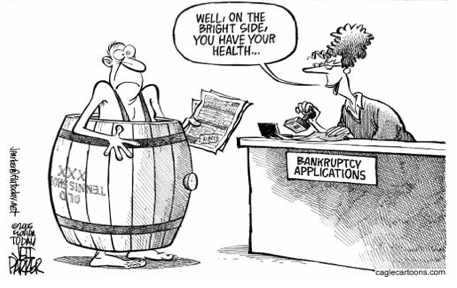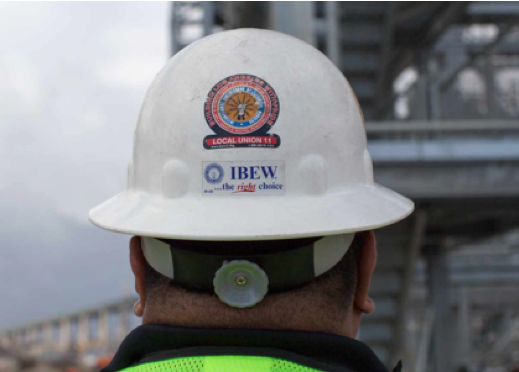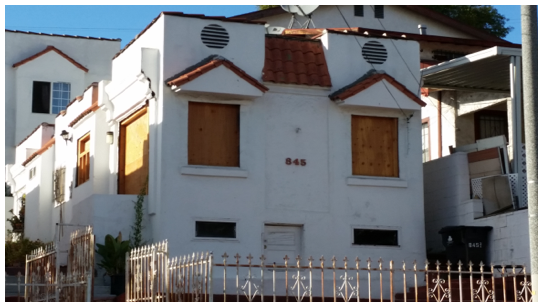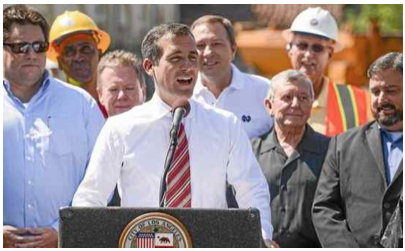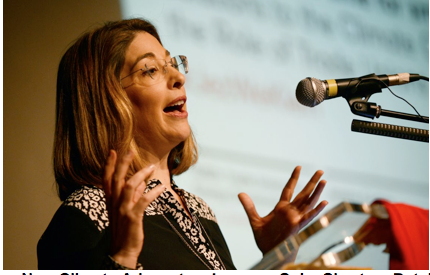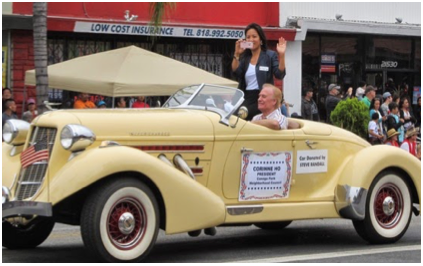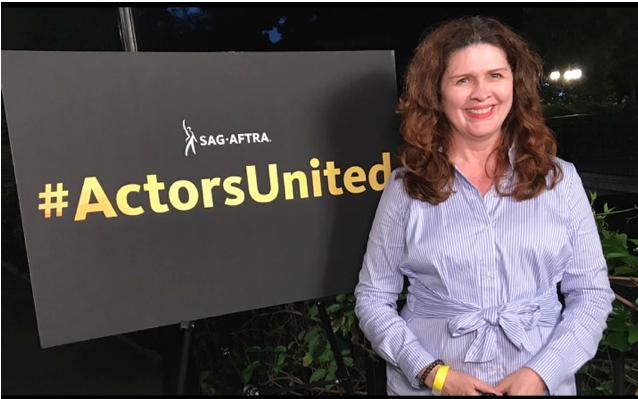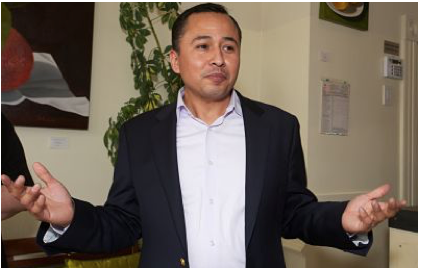‘Mad-as-Hell’ Resistance Swings Affordable Housing Pendulum toward Renters
DEEGAN ON LA-In less stressful times, the relationships between tenants and landlords were ruled by the market economy of supply and demand. Lately, however, affordable housing has entered a state of crisis, as space is needed to squeeze in more people who want to live here or park their money in real estate investment. A third wheel has been attached to the landlord-tenant equation: developers eager to make their profits in a booming upscale housing market is leaving many renters in the dust.










